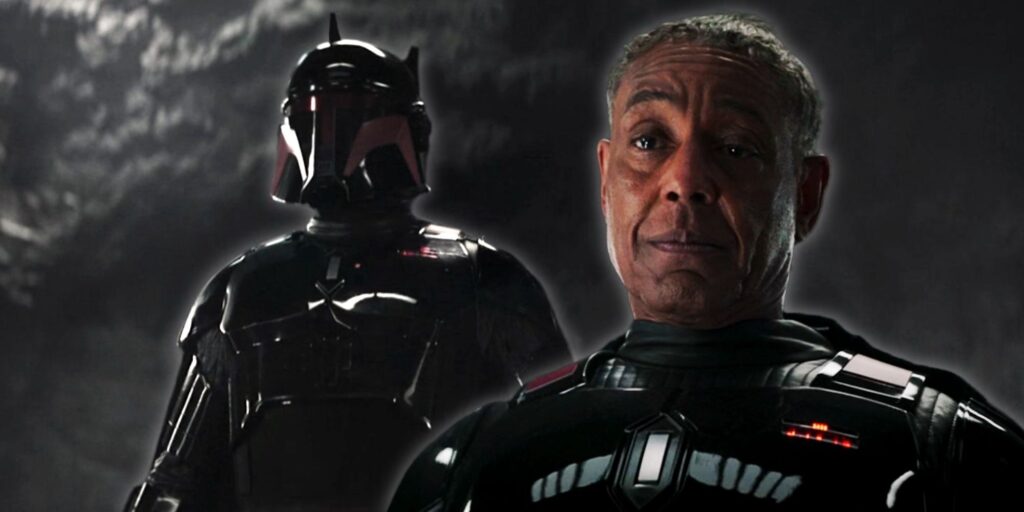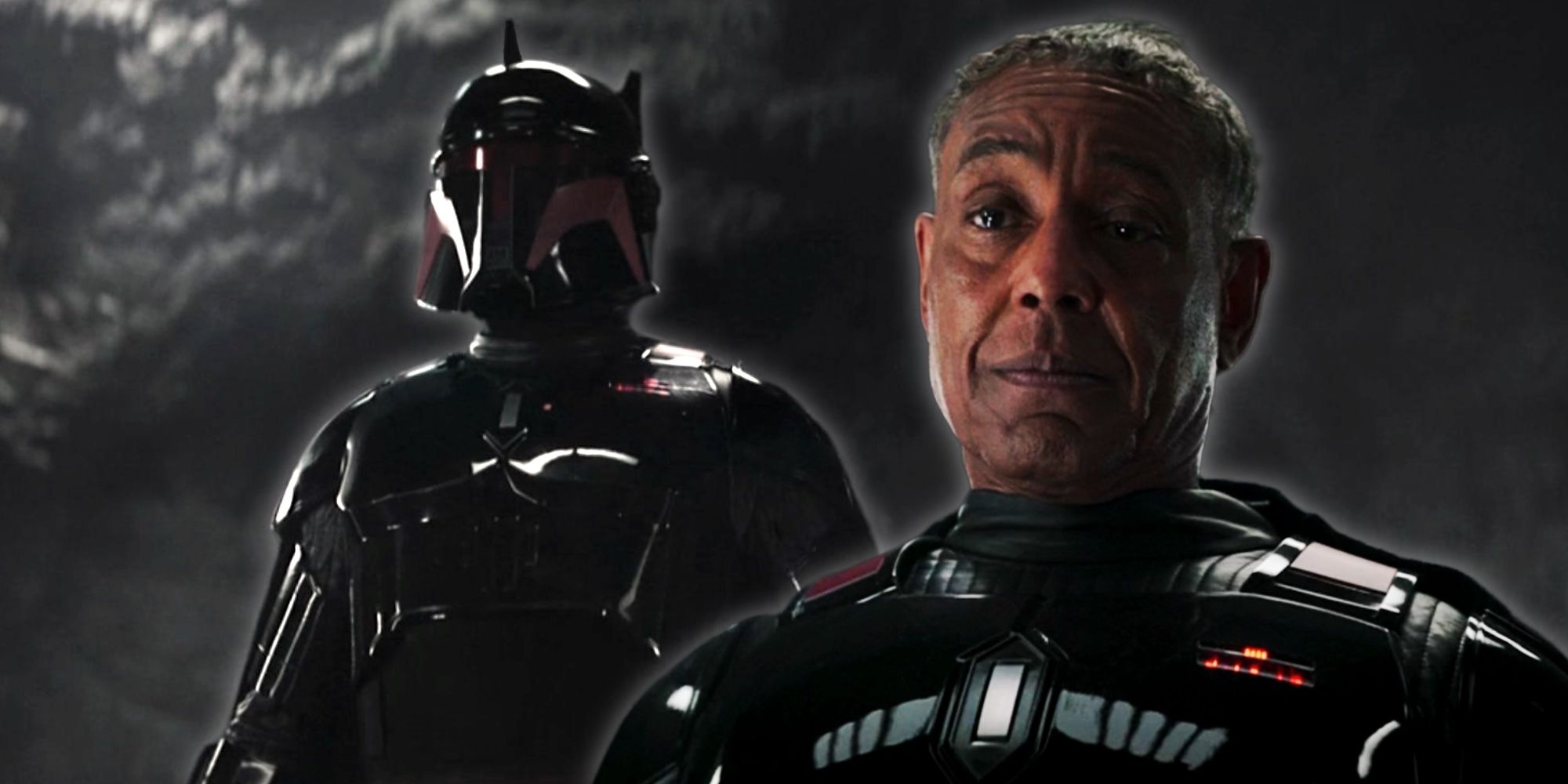
Imperial Moff: Authority, Power, and Governance in the Galaxy Far, Far Away
The title of Imperial Moff carries significant weight within the hierarchical structure of the Galactic Empire. Representing both regional authority and military might, these individuals were crucial in maintaining order and suppressing rebellion across the vast expanse of the galaxy. Understanding the role and responsibilities of an Imperial Moff offers a compelling insight into the Empire’s operational framework and its strategies for control.
The Origins and Evolution of the Moff Title
The term ‘Moff’ predates the Galactic Empire, originating during the Galactic Republic era. Initially, Moffs were high-ranking officials responsible for overseeing sectors or regions within the Republic’s territories. They served primarily as administrators and governors, tasked with managing resources, infrastructure, and the overall well-being of their assigned regions. However, the role underwent a significant transformation with the rise of Emperor Palpatine and the establishment of the Empire.
Under the Empire, the position of Imperial Moff became militarized and imbued with considerably more power. Moffs were now directly appointed by the Emperor, effectively bypassing any semblance of democratic oversight. Their authority extended beyond mere administration to encompass military command, granting them control over Imperial forces within their sectors. This consolidation of power made Imperial Moffs formidable figures, capable of enforcing the Emperor’s will with ruthless efficiency.
Responsibilities and Authority of an Imperial Moff
The primary responsibility of an Imperial Moff was to maintain order and suppress any signs of dissent or rebellion within their designated sector. This involved a wide range of duties, including:
- Military Command: Moffs commanded all Imperial military forces stationed within their sector, including ground troops, starfighter squadrons, and capital ships. They were responsible for deploying these forces to quell uprisings, patrol key strategic routes, and deter potential threats.
- Planetary Governance: Moffs oversaw the governance of planets within their sector, ensuring that Imperial laws and regulations were strictly enforced. They appointed local governors and officials, often choosing individuals who were loyal to the Empire and willing to carry out its directives without question.
- Resource Management: Moffs controlled the allocation of resources within their sector, including raw materials, energy supplies, and manpower. They were responsible for ensuring that these resources were efficiently utilized to support the Empire’s war efforts and maintain the stability of the region.
- Intelligence Gathering: Moffs oversaw intelligence operations within their sector, utilizing a network of informants, spies, and surveillance technology to monitor potential threats and identify rebel cells. They worked closely with Imperial Intelligence to gather information on dissidents and coordinate counterintelligence activities.
- Enforcement of Imperial Law: The Imperial Moff was responsible for ensuring that Imperial laws and regulations were strictly enforced throughout their sector. This included the prosecution of criminals, the suppression of political dissent, and the confiscation of property from individuals deemed to be enemies of the Empire.
Notable Imperial Moffs
Several Imperial Moffs rose to prominence during the Galactic Civil War, leaving their mark on the galaxy through their actions and decisions. Some of the most notable examples include:
Grand Moff Tarkin
Wilhuff Tarkin, later promoted to Grand Moff, is arguably the most well-known example. Overseeing the construction and operation of the Death Star, his ruthlessness and unwavering loyalty to the Emperor made him a key figure in the Empire’s military strategy. His doctrine, known as the Tarkin Doctrine, advocated for the use of fear and overwhelming force to maintain control.
Moff Gideon
A more recent addition to the Star Wars canon, Moff Gideon is a formidable antagonist in *The Mandalorian*. He is portrayed as a ruthless and cunning Imperial Moff who is obsessed with capturing Grogu (Baby Yoda) for his own sinister purposes. Gideon’s resourcefulness and his command of remnant Imperial forces make him a dangerous adversary.
Other Notable Moffs
Numerous other Moffs served the Empire with varying degrees of success. Figures like Moff Jerjerrod, responsible for overseeing the construction of the second Death Star, and lesser-known Moffs who maintained order on various Outer Rim planets, contributed to the overall functioning of the Imperial regime. Each Imperial Moff played a vital role in the Empire’s expansive network of control.
The Power Dynamic Between Moffs and Other Imperial Officers
The hierarchical structure within the Empire was complex, and the relationship between Imperial Moffs and other officers could be fraught with tension. While Moffs held significant authority within their sectors, they were ultimately answerable to the Emperor and his inner circle. High-ranking military officers, such as admirals and generals, often operated independently within the same sectors, leading to potential conflicts of interest and power struggles.
The Emperor often deliberately fostered this sense of competition, believing that it would keep his officers on their toes and prevent any single individual from becoming too powerful. However, this also created an environment of mistrust and backstabbing, which ultimately contributed to the Empire’s downfall. The need to constantly assert dominance and navigate political intrigues was a constant burden for many Imperial Moffs.
The Downfall of the Imperial Moff System
The death of Emperor Palpatine at the Battle of Endor marked the beginning of the end for the Imperial Moff system. With the Emperor gone, the Empire fractured into numerous warring factions, each vying for control. Many Moffs seized the opportunity to declare themselves independent warlords, carving out their own territories and engaging in bitter conflicts with rival factions. [See also: The Battle of Endor: A Turning Point]
The New Republic, formed from the remnants of the Rebel Alliance, gradually chipped away at the Empire’s remaining territories, defeating Moffs and liberating planets from Imperial rule. As the Empire’s power dwindled, the role of the Imperial Moff became increasingly irrelevant. [See also: The Rise of the New Republic]
The Legacy of the Imperial Moff
Despite their association with tyranny and oppression, Imperial Moffs remain a fascinating and important part of Star Wars lore. They represent the dark side of power, the dangers of unchecked authority, and the complexities of governance in a vast and diverse galaxy. Their stories continue to resonate with audiences, reminding us of the importance of freedom, justice, and the fight against tyranny. The image of the Imperial Moff, clad in their imposing uniform and wielding immense power, is forever etched in the collective consciousness of Star Wars fans.
The legacy of the Imperial Moff also extends to their influence on subsequent Imperial remnants. The power structures and governing philosophies established by these figures continued to shape Imperial factions long after the fall of the Empire, demonstrating the lasting impact of their rule. Understanding the Imperial Moff is key to understanding the dynamics of power in the Star Wars universe.
In conclusion, the Imperial Moff was a central figure in the Galactic Empire, embodying both the power and the corruption of Palpatine’s regime. Their story serves as a cautionary tale about the dangers of unchecked authority and the importance of fighting for freedom and justice. The Imperial Moff’s role in the Star Wars saga is a testament to the enduring themes of good versus evil, and the constant struggle for control of the galaxy.

